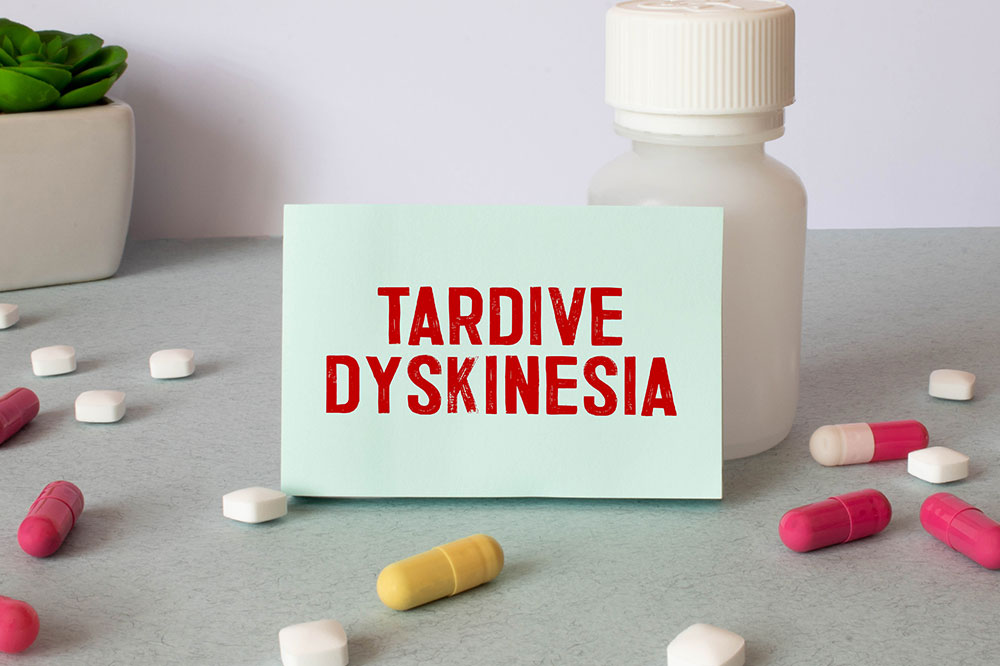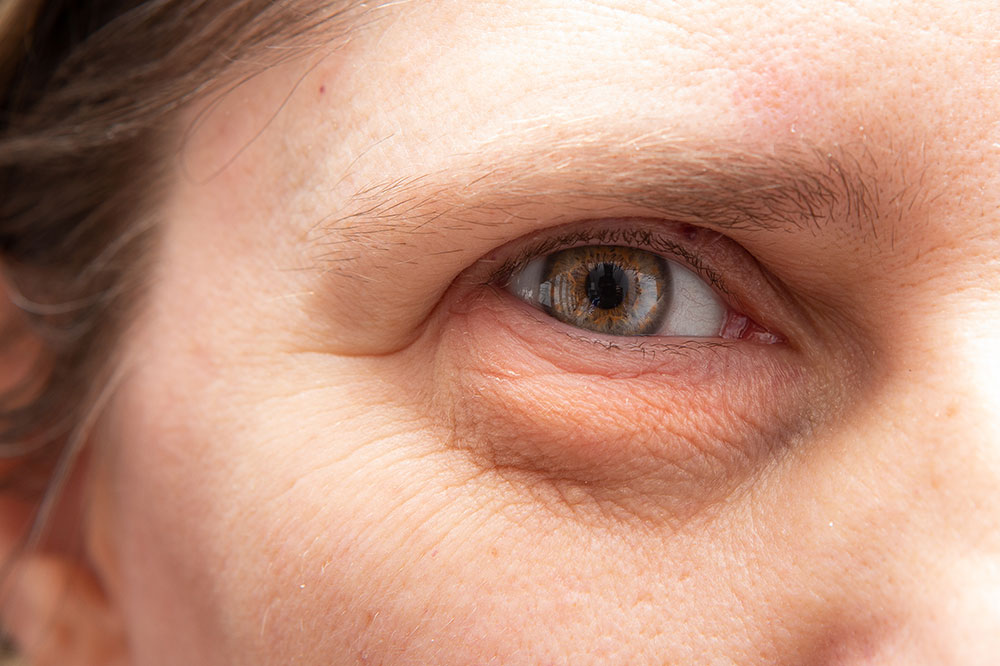Early Warning Signs of Alzheimer’s Disease
Dementia is a group of age-related degenerative diseases where a person may experience a gradual and steady decline in memory, thinking, and reasoning abilities. As one ages, it is common to be forgetful. But if the loss of memory happens often and interferes with the ability to follow daily activities, it could be a sign of dementia. Alzheimer’s disease is the most common form of dementia and can be fatal if not managed in time. Difference between Alzheimer’s and age-related changes While forgetting where you placed your keys is a sign of old age, forgetting who you are can be a sign of Alzheimer’s. While you may forget to pay a periodical bill like gas or electricity as you age, the inability to fix budgets that you have been doing for years can be a sign of Alzheimer’s. It is common as you grow old to forget newly learned words or remember the name of a movie you watched recently. But, if you cannot participate in a conversation like earlier because you don’t remember what to say, it could be a sign of Alzheimer’s. Though Alzheimer’s cannot be reversed, knowing if symptoms are age-related or disease-related can go a long way in managing the symptoms and taking necessary steps to prevent the quick decline of the symptoms.
Read More 









